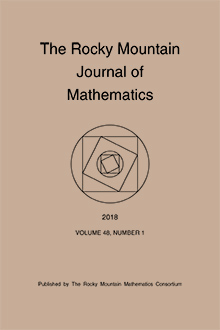Abstract
Kirigami is the art of cutting paper to make it articulated and deployable, allowing for it to be shaped into complex two and three-dimensional geometries. The mechanical response of a kirigami sheet when it is pulled at its ends is enabled and limited by the presence of cuts that serve to guide the possible non-planar deformations. Inspired by the geometry of this art form, we ask two questions: (i) What is the shortest path between points at which forces are applied? (ii) What is the nature of the ultimate shape of the sheet when it is strongly stretched? Mathematically, these questions are related to the nature and form of geodesics in the Euclidean plane with linear obstructions (cuts), and the nature and form of isometric immersions of the sheet with cuts when it can be folded on itself, and are related to a class of questions associated with isometric immersions in differential geometry and geodesics in discrete and computational geometry. We provide a constructive proof that the geodesic connecting any two points in the plane is piecewise polygonal. We then prove that the family of polygonal geodesics can be simultaneously rectified into a straight line by flat-folding the sheet so that its configuration is a (non-unique) piecewise affine planar isometric immersion.
Citation
Qing Han. Marta Lewicka. L. Mahadevan. "ISOMETRIC IMMERSIONS WITH RECTIFIABLE GEODESICS." Rocky Mountain J. Math. 54 (4) 1023 - 1055, August 2024. https://doi.org/10.1216/rmj.2024.54.1023
Information





